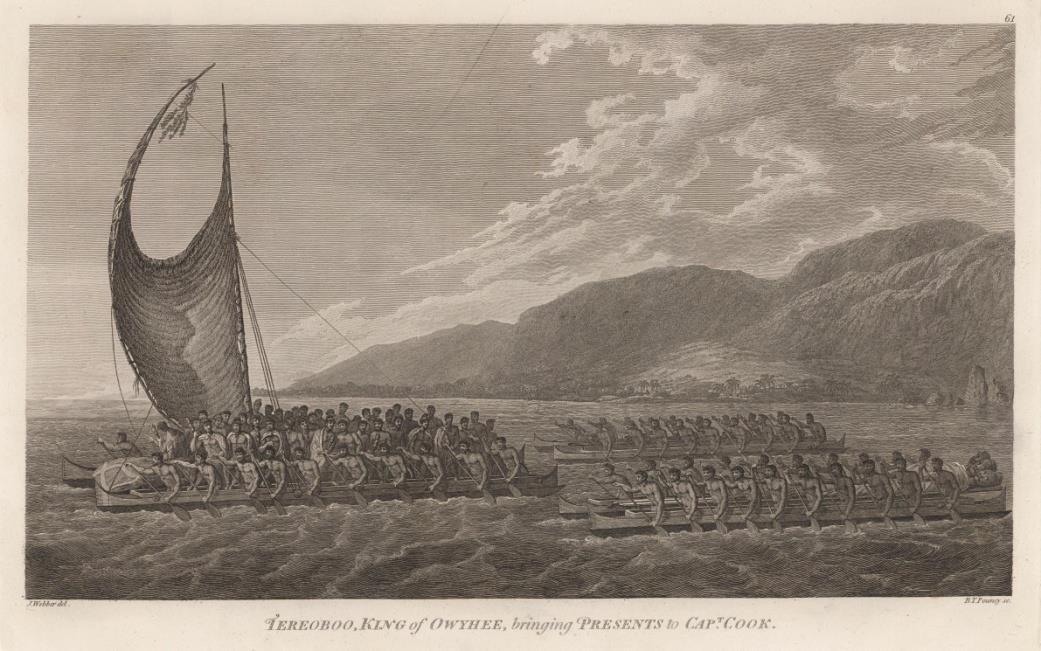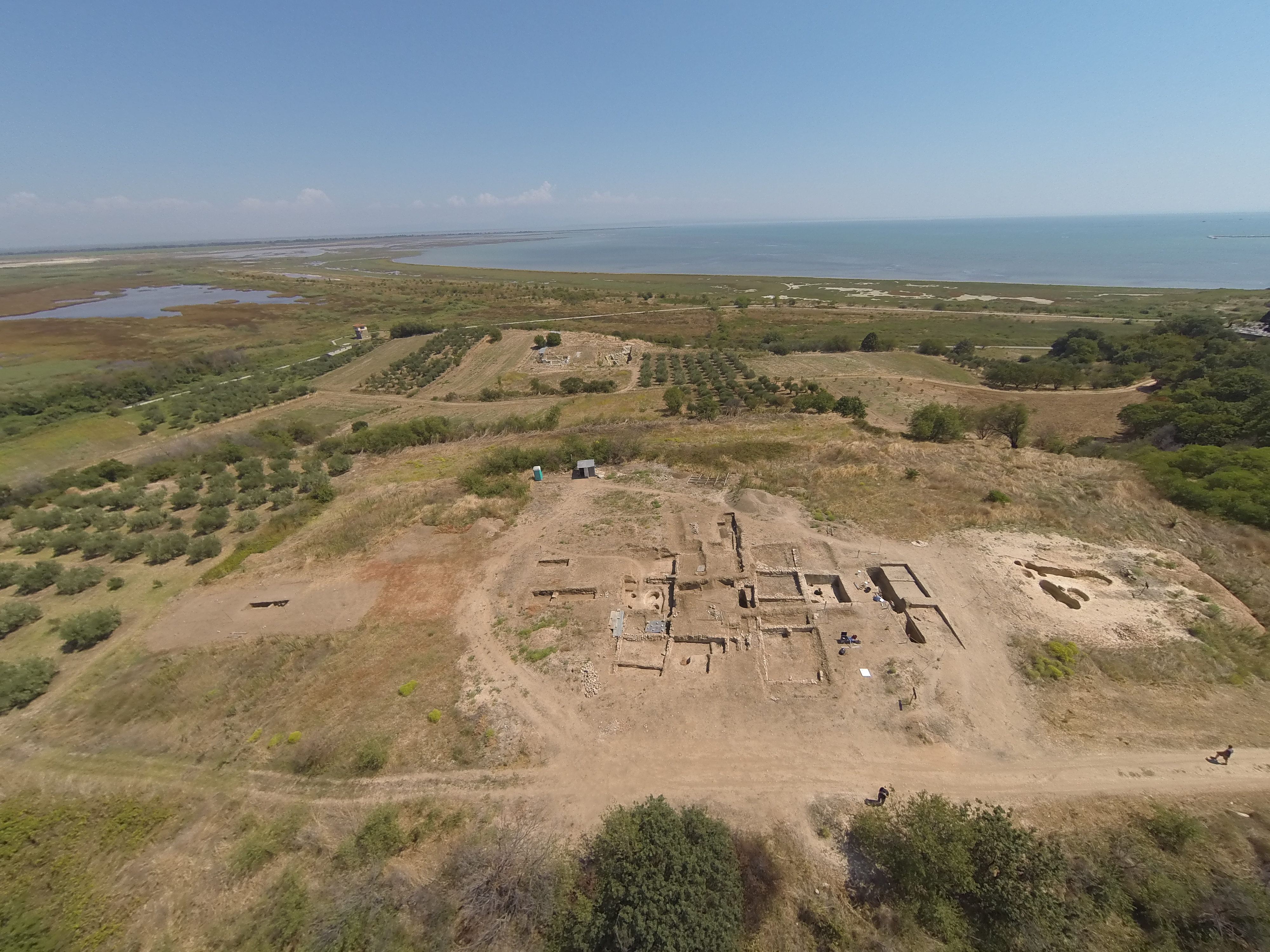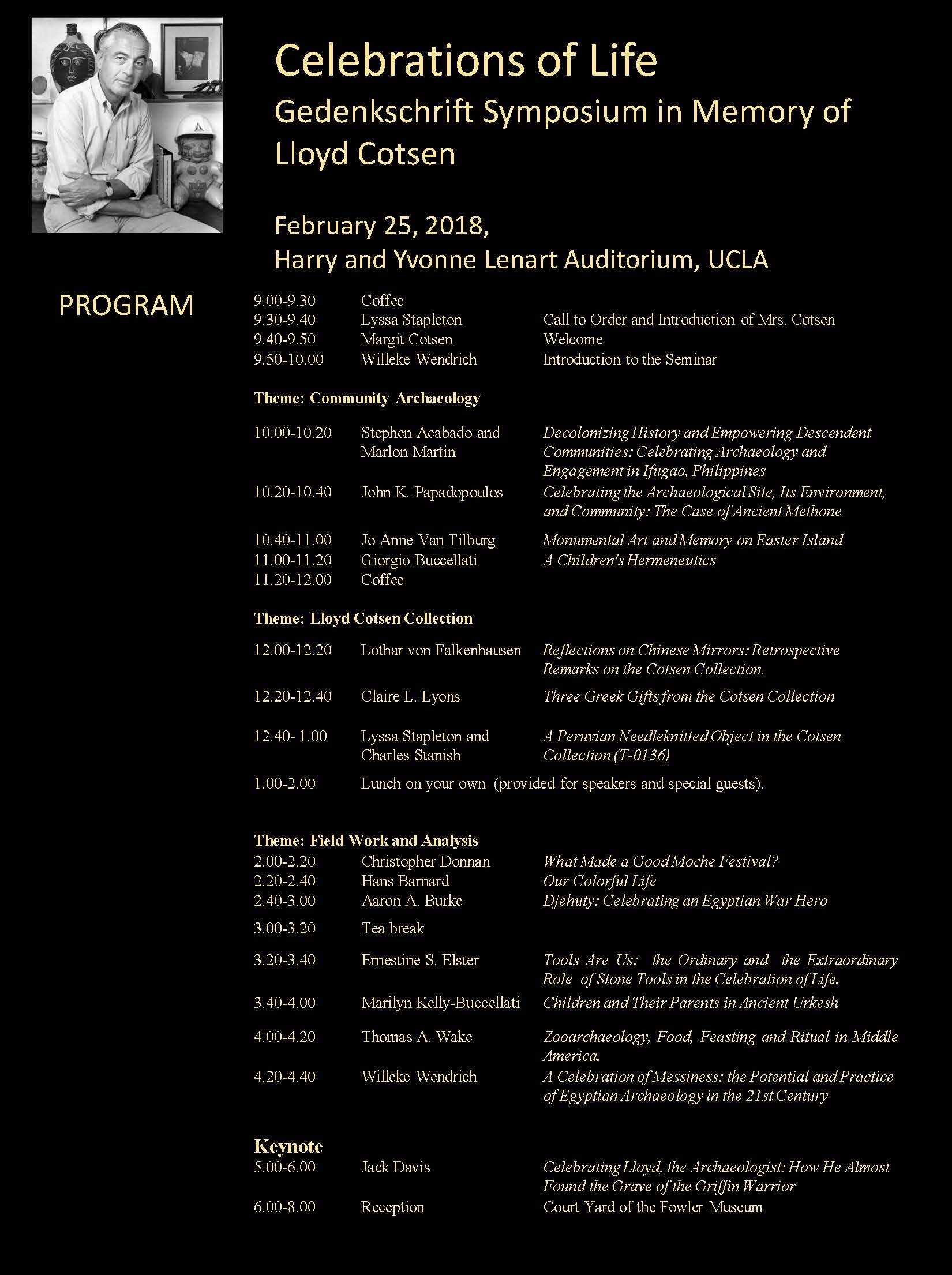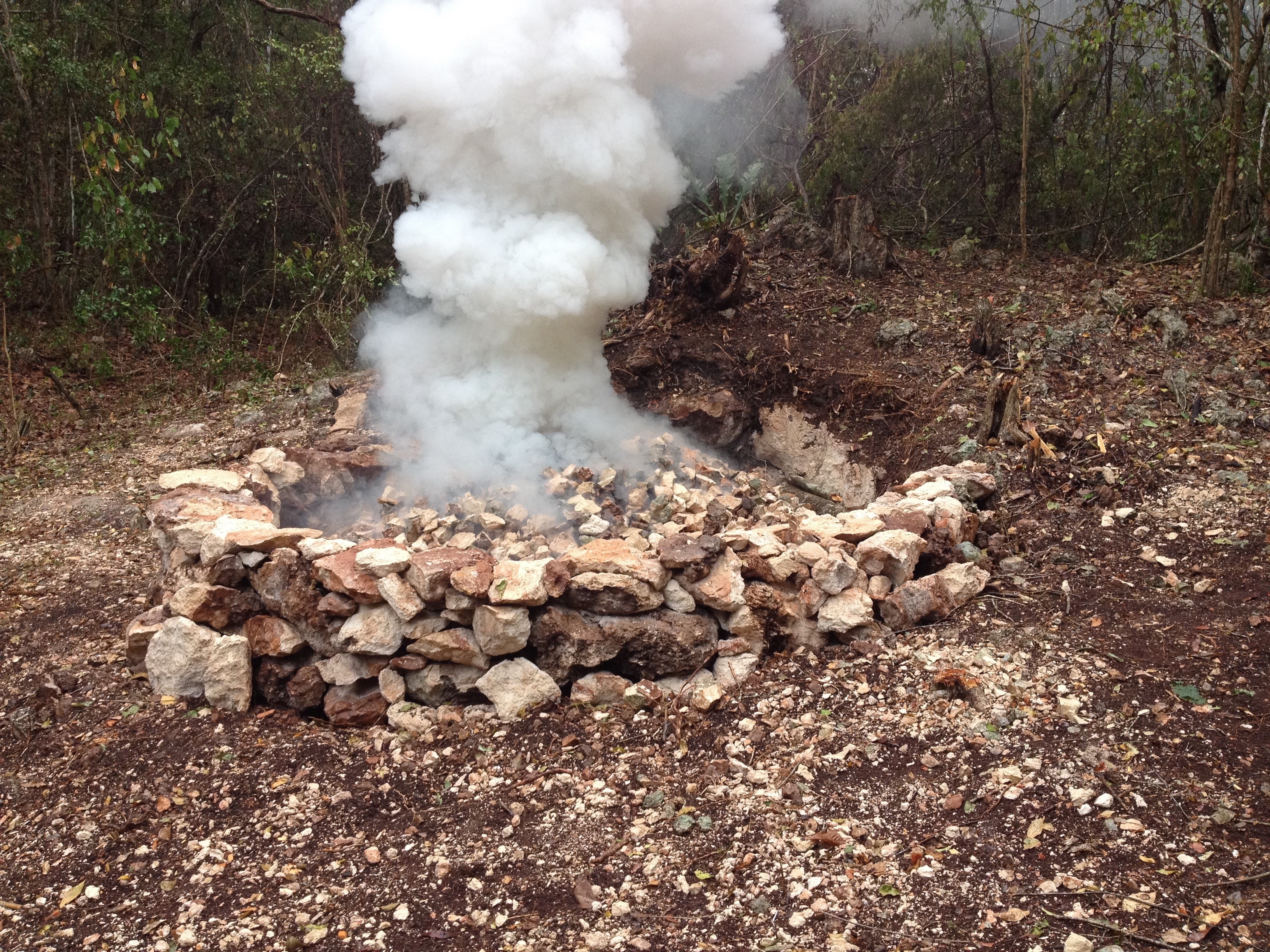Past Events
Interested in Cotsen events? Sign up for our mailing list.Speaker: Dr. Mark McCoy, Associate Professor, Department of Anthropology, Southern Methodist University
The archaic form of state society evolved independently at least six times in prehistory – in Mesopotamia, Egypt, China, the Indus Valley, Mesoamerica, and coastal Peru – and marks a turning point that was fundamental to the creation of modern society. New research suggests another, much more recent, example of the formation of archaic states occurred in the Hawaiian Islands. Located in the North Pacific, the archipelago of islands that make up the Hawaiian chain are so naturally isolated that they remained undiscovered by people until Polynesian voyagers established a new settlement there around AD 1000. By the time of first contact with Europeans, 800 years later, it was home to hundreds of thousands of people governed by independent kingdoms. How did this occur, and what does it tell us about the moment in history when chiefs became kings? In this lecture, I will draw upon nearly twenty years of field research in Hawai‘i and outline what we currently know about the creation of these island kingdoms through archaeology and local oral histories, with the goal of explaining why society transformed and what these changes tell us about the larger course of human prehistory.

Contact Matthew Swanson
Email mswanson@ioa.ucla.edu
Phone
Speaker: Dr. John Papadopoulos, Professor, Department of Classics, UCLA
The final season of fieldwork on the Ancient Methone Archaeological Project—a collaboration of Greek Ministry of Culture and UCLA under the auspices of the American School of Classical Studies at Athens—was concluded in the summer of 2017. This presentation is an overview of our fieldwork at the site during the 2014-2017 seasons, and incorporates earlier fieldwork by our Greek colleagues beginning in 2003.

Contact Matthew Swanson
Email mswanson@ioa.ucla.edu
Phone
Speaker: Dr. Jade d'Alpoim Guedes, Assistant Professor, Department of Anthropology, UC San Diego
Research on agriculture's spread in East Asia has followed an underlying assumption: that farming produced equally reliable returns across the vast expanse of territories into which it spread and always placed farmers at a demographic advantage. Significant ecological barriers to growing crops on the Tibetan Plateau meant that the opposite was true. Using ecological niche modeling to illuminate how foragers and farmers interacted in environments marginal to crop cultivation, this paper demonstrates that the higher elevation reaches of the “third pole” constituted a barrier for expanding millet farmers. In these areas foragers maintained a competitive advantage. Following the end of the climatic optimum, decreasing temperatures effectively ended millet farmer’s expansion. It was only following the introduction of a suite of new crops and animals that the Tibetan economy as we know it today was able to flourish, but also that pastoralists and farmers finally began to truly encroach on forager territory.
Contact Matthew Swanson
Email mswanson@ioa.ucla.edu
Phone 310-825-4169

Contact Sonali Gupta-Agarwal
Email sonaliga@ioa.ucla.edu
Phone
Speaker: Dr. Miriam Stark, Professor, Department of Anthropology, University of Hawai'i
The Mekong Basin that Angkorian Khmers inhabited was a watery world. Annual monsoon rains dictated their farming and shaped their mobility, and short-term droughts that followed each year’s rainy season drove Khmers to dig household ponds and temple reservoirs. Chinese, Khmer and Cham histories include a Khmer origin story in which a foreign ruler conquers and marries a local serpent princess, and the bride’s father drains the local waters to create farmland for his daughter’s new dynasty. Environmental studies suggest that increasingly severe floods challenged Angkor’s urban engineers, and the decades-long droughts that followed pushed farmers on the Angkor Plain to their limits. Angkorian life revolved around water, and so did the life of its capital, but not simply in response to climate. Water has been intrinsic to Angkorian cosmology since the beginning of Khmer recorded history: simultaneously salubrious, secular and sacred. Water frames my presentation on Angkorian archaeology, which begins with the Khok Thlok origin story, examines the cosmology of water in Angkorian Cambodia, and problematizes Angkor, which BP Groslier described as his “hydraulic city”: from the household level to the urban scale. Archaeological and environmental research offer rich, and occasionally, competing perspectives on how water shaped 9th-15th century Khmers.
Contact Matthew Swanson
Email mswanson@ioa.ucla.edu
Phone
Speaker: Adam DiBattista, PhD Candidate, The Cotsen Institute of Archaeology, UCLA
The early Iron Age was a time of profound social change in Greece in which new ideas about materials like bone and ivory develop. At the same time, textual and iconographic evidence speaks to the importance of animals and animal sacrifice in the Greek world. As the remnants of living animals, objects made from tooth or bone carry special potential for the creation and negotiation of meaning. Beginning in the Early Iron Age, these objects are frequently deposited in votive contexts where they function as a novel form of social behavior and organization based around sanctuary sites. Analysis of the technical aspects of worked animal object production helps reveal the attitudes of producers towards the materials. Additionally, contextual studies of worked animal objects reveal patterns of use and deposition of these objects.
Contact Matthew Swanson
Email mswanson@ioa.ucla.edu
Phone
Speaker: Dr. Kenneth Seligson, Lecturer, Department of Anthropology, USC
Burnt lime was one of the most significant materials in the daily lives of the Prehispanic Maya, and yet archaeologists have uncovered relatively little evidence of production methods or locales prior to the Spanish Conquest. This talk presents the investigation of a series of pit-kilns in and around the Prehispanic site of Kiuic in the Puuc Region of the northern Maya Lowlands and highlights the multiple lines of evidence that identify these structures as lime production features. This sub-regional pit-kiln technology has implications for understanding resource management practices and the socio-economic organization of a significant Prehispanic Maya industry.

Contact Matthew Swanson
Email mswanson@ioa.ucla.edu
Phone 310-825-4169
Speaker: Dr. Justin Walsh, Associate Professor, Department of Art History and Archaeology, Chapman University
The archaeology of human activity in space has been conceptualized since the 1990’s. Early work included definition of the parameters of the field, identification of subject material and sites, development of methodologies, and integration of common terrestrial archaeology activities such as cultural resource management and heritage protection into space archaeology. More rarely, but no less significantly, there have been research projects carried out by academic archaeologists as part of efforts to push the envelope of “the possible” in archaeological practice.This lecture will begin by outlining the history of space archaeology to date and contextualizing it within developments in the field of contemporary archaeology more generally. The author will then describe how they are undertaking the first archaeological investigation of a permanent habitation site in space: the International Space Station. The ISS Archaeological Project (ISSAP; https://issarchaeology.org) is applying the latest technological tools, including machine learning and crowd sourcing techniques, to classifying data from millions of images depicting life on board the space station during the last 17 years. This information will be used to map patterns of astronaut presence and absence in various locations, and the associations between crew, objects, and spaces on ISS. The results will enable a better understanding of how a society and culture forms on a spacecraft, and improve life during long-duration missions.
Contact Matthew Swanson
Email mswanson@ioa.ucla.edu
Phone
Speaker: Dr. Jennifer Meanwell, Lecturer, Department of Materials Science and Engineering, MIT
Copper and copper alloy artifacts were valued commodities at the Postclassic period (AD 1150-1500) Maya capital of Mayapán, and are found as a variety of luxury items, most commonly small ornamental bells. Due to the lack of ore deposits near Mayapán, metal must have been imported from elsewhere in Mesoamerica, entering as a raw material for shaping into desired objects or as already finished goods. As at other Maya sites, the assemblage of metal objects at Mayapán favors common commodities such as bells, tweezers, rings, and miniature axes, but the high frequency of casting errors and the unusual preference for miniaturized bells suggest local production of desired objects using re-cast metals. The past two decades of excavation at the site has unearthed a small but growing assemblage of ceramic fragments that seem to have served as remelting crucibles and as metallurgical molds for casting.
Our ongoing analysis of an exported sample of metallurgical ceramics investigates the raw materials used in manufacture, the modes of production, and the parameters of their use. We investigate the metallurgical ceramics using a variety of analytical tools, specifically ceramic petrography, electron microscopy, and chemical analyses, to demonstrate that these ceramics were used in metallurgical activities and to gain insight into their production and functionality. These highly specialized ceramic materials seem to have been produced using specific raw materials and pastes required by the intense heat and reducing atmosphere required of metallurgical production. This investigation provides insight into the localized pyrotechnical solutions developed by Mayapán’s metallurgical specialists to meet the demands of high-temperature crafting activity.
Contact Matthew Swanson
Email mswanson@ioa.ucla.edu
Phone
Contact
Email archaeogradconference.ucla@gmail.com
Phone
- ‹ previous
- 34 of 50
- next ›



